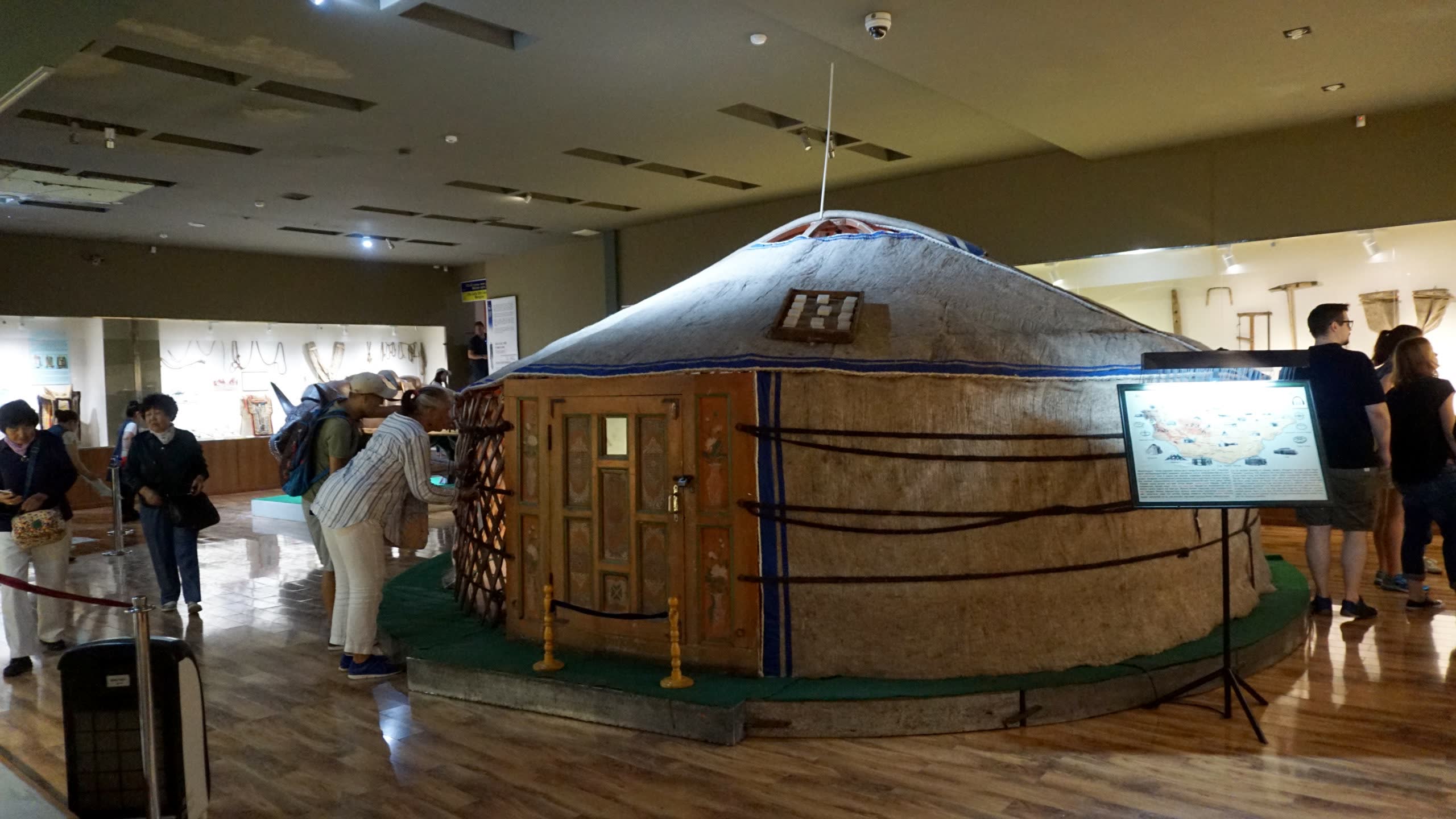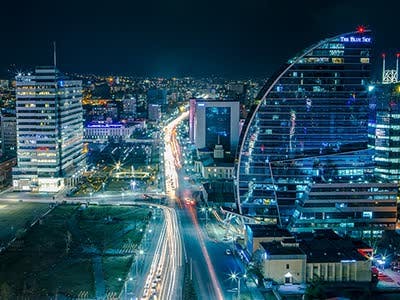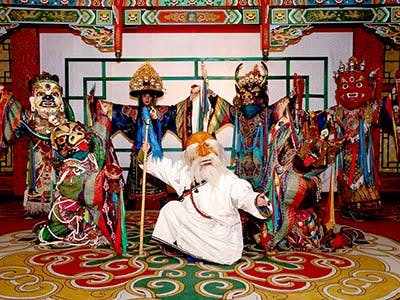The National Museum of Mongolian History
THE NATIONAL MUSEUM OF MONGOLIAN HISTORY
The National Museum of Mongolian History is a prominent museum located in Ulaanbaatar, the capital city of Mongolia. It is dedicated to preserving and showcasing Mongolia's rich history, culture, and heritage. Here are some key features and highlights of the National Museum of Mongolian History:

- Historical Exhibits: The museum houses a comprehensive collection of artifacts, relics, and exhibits that span Mongolia's history from prehistoric times to the present day. The exhibits cover various periods, including the Paleolithic era, the rise and fall of the Mongol Empire, the socialist era, and the modern era. Visitors can explore the displays to gain a deeper understanding of Mongolia's historical development.
- Artifacts and Cultural Objects: The museum's collection includes a wide range of artifacts and cultural objects, including tools, weapons, clothing, jewelry, religious items, and everyday objects used by ancient Mongolian tribes, nomads, and urban civilizations. These items offer insights into the lifestyle, traditions, and cultural practices of the Mongolian people throughout history.
- Interactive Displays: The National Museum of Mongolian History incorporates interactive displays and multimedia presentations to engage visitors and enhance their learning experience. These interactive exhibits allow visitors to explore specific aspects of Mongolian history, such as the Mongol Empire's conquests, traditional Mongolian customs, and the country's nomadic heritage.
- Genghis Khan and the Mongol Empire: The museum prominently features exhibits dedicated to Genghis Khan, the legendary Mongol leader who founded the Mongol Empire. Visitors can learn about the empire's vast territory, its military strategies, and its significant impact on world history. The exhibits showcase historical artifacts, maps, and illustrations related to the Mongol Empire's conquests.
- Temporary Exhibitions: The National Museum of Mongolian History hosts temporary exhibitions on various topics related to Mongolian history, archaeology, and cultural heritage. These exhibitions provide visitors with the opportunity to explore specific themes in greater detail or showcase special collections and discoveries.
- Educational Programs: The museum offers educational programs, guided tours, and workshops for both students and visitors. These programs aim to promote a deeper understanding and appreciation of Mongolian history and culture. They may include hands-on activities, lectures, and demonstrations.
The National Museum of Mongolian History serves as a vital institution for preserving Mongolia's historical legacy and sharing it with the public. Through its exhibits, artifacts, and educational initiatives, the museum provides a comprehensive overview of Mongolia's rich history and cultural heritage. It offers visitors a chance to delve into the fascinating past of Mongolia and gain a deeper appreciation for its unique traditions and contributions to world history.
RELATED DESTINATIONS
Ulaanbaatar, often referred to as UB, is the capital and largest city of Mongolia. It is located in the north-central part of the country, nestled in a valley along the Tuul River.
The Tumen Ekh Ensemble is a renowned Mongolian cultural performing arts group that showcases traditional music, dance, and throat singing. The ensemble is based in Ulaanbaatar, the capital city of Mongolia,
Sukhbaatar Square is a central square located in Ulaanbaatar, the capital city of Mongolia. It is named after Damdin Sukhbaatar, a national hero who played a significant role in Mongolia's independence from China in 1921


